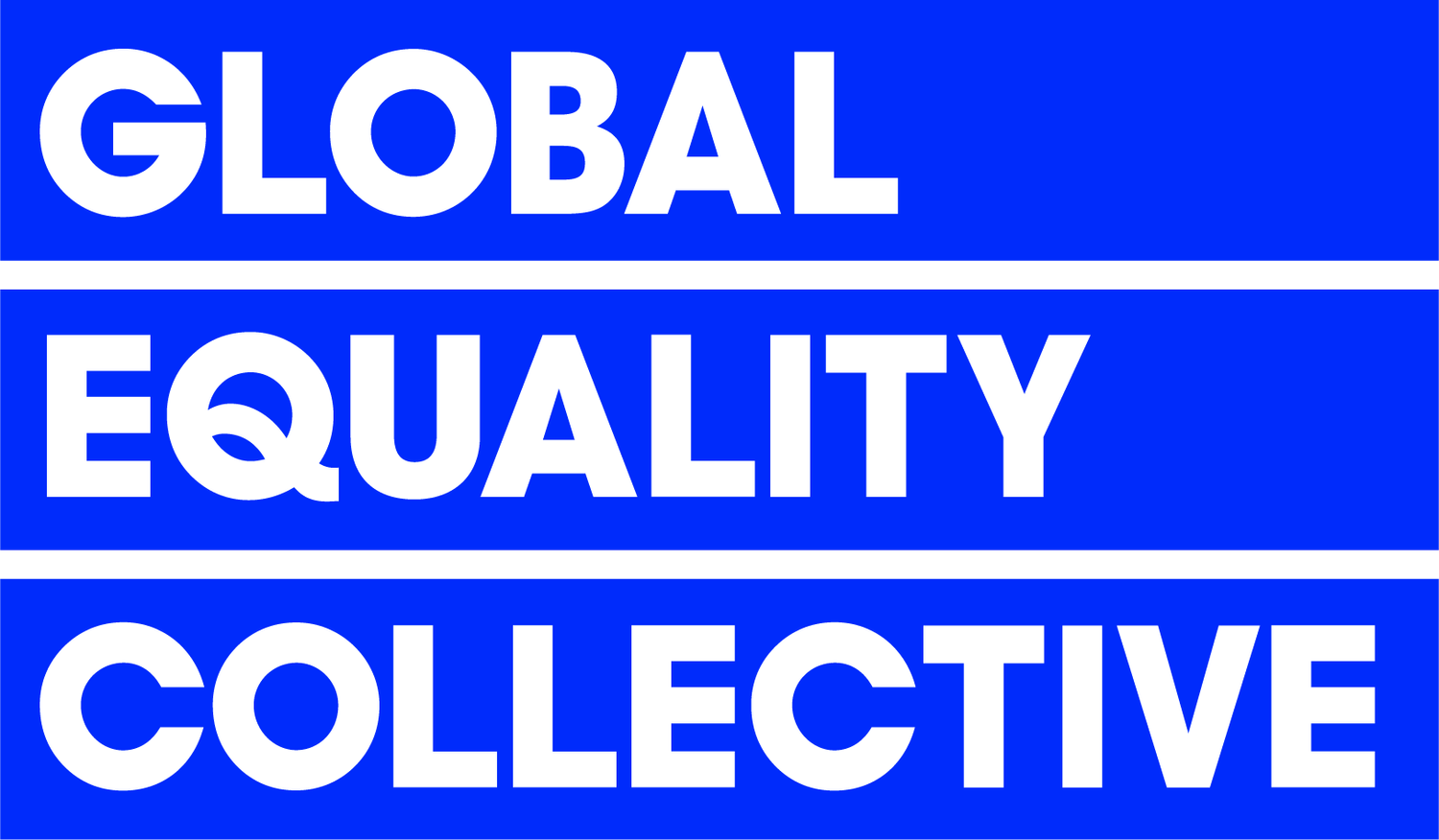GEC Inclusion Index - Student - Key Behavioural Area 2
Culture
“I am encouraged to be myself here.”
50.1% agree
⬆ Improving Trend
So what?
Culture is the emotional climate of a school — and right now, nearly one in two students feel they can’t be themselves in that space. From our GEC 26,000 Voices dataset, including over 13,000 students across UK schools, just 50.1% agreed they are encouraged to be themselves at school. That leaves over 6,000 young people (just with our dataset) feeling that it’s safer to shrink, mask, or hide who they are in order to get through the school day.
When school culture values conformity over authenticity, it creates a hidden curriculum of silence, shame, and self-erasure. This is more than a wellbeing issue — it’s a structural inclusion gap.
What We Heard
“Because I have autism I have different traits and I’m not allowed to express them at school.”
“I’m trans and I don’t feel safe being myself here.”
“Teachers think that just because we have a BAME assembly that it fixes things. It doesn’t.”
The GEC Platform: Proven Solution
The GEC Platform captures intersectional student voice with care and confidentiality. Built with input from student councils, safeguarding specialists, and researchers, it enables schools to understand who feels unable to be themselves — and why.
But this work can’t begin with student voice alone. The GEC Platform helps schools get the ecosystem right with leaders and staff first, so the cultural conditions are safe, informed, and ready to receive that voice. Inclusion isn’t a soft concept – it’s a system. And that system must be intentionally built, modelled, and maintained.
By mapping lived experience across identity groups, schools can proactively close trust gaps, strengthen staff confidence, and create cultures that affirm every student — not just some.
The Kaleidoscope View
Kaleidoscopic Data exposes the deep intersectional divides in how culture is experienced across schools. Neurodivergent students, especially those with autism or ADHD, spoke about needing to “mask” or suppress natural behaviours in order to meet expectations. One said simply:
“They just see me as disruptive.”
LGBTQIA+ students, particularly trans and non-binary young people, reported a lack of visible inclusion and frequent silence from staff in the face of prejudice:
“Teachers ignore homophobic comments. That makes me feel like I have to stay quiet.”
Global Majority students expressed frustration at tokenism and religious microaggressions. Despite schools running diversity events, many said they felt culturally invisible or misunderstood.
“People make jokes about my religion and nothing happens.”
Students who self-identify as living with invisible disabilities and those who don’t disclose their identities also scored significantly lower on cultural inclusion, describing school as a place where it feels safer to stay silent than stand out.
Next Steps & Free Stuff
🎓 Try the GEC Score Card to measure how culturally inclusive your school is
📖 Download the GEC Playbooks on Feelings, Consent and Body Image
📚 Read our blogs on cultural safety and identity






